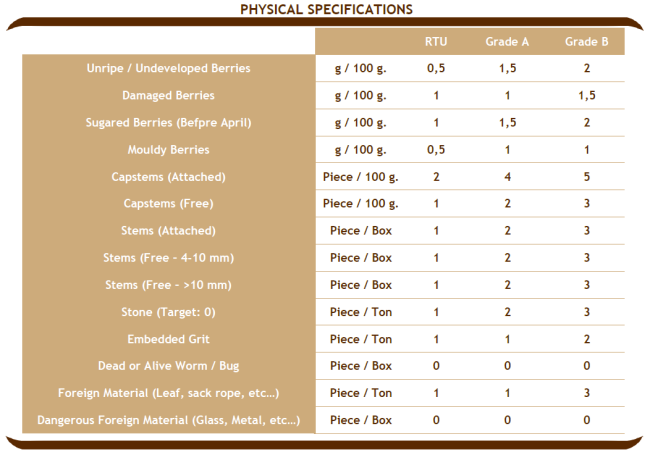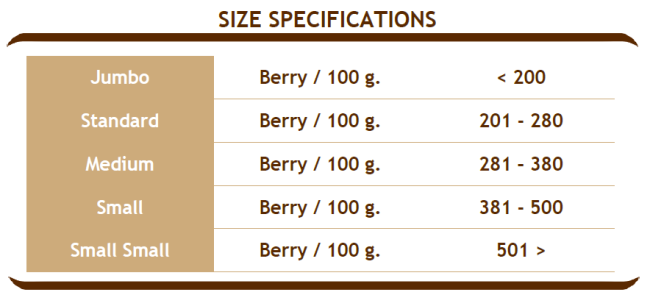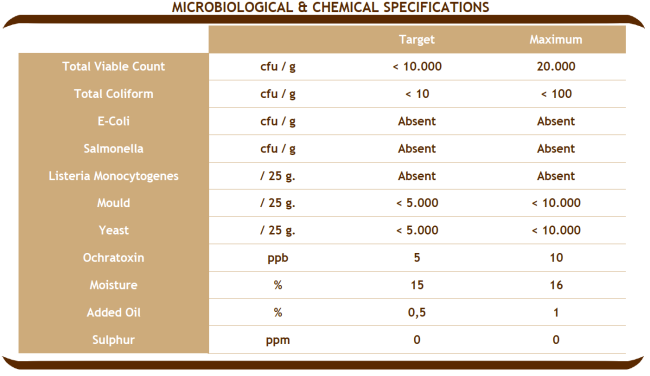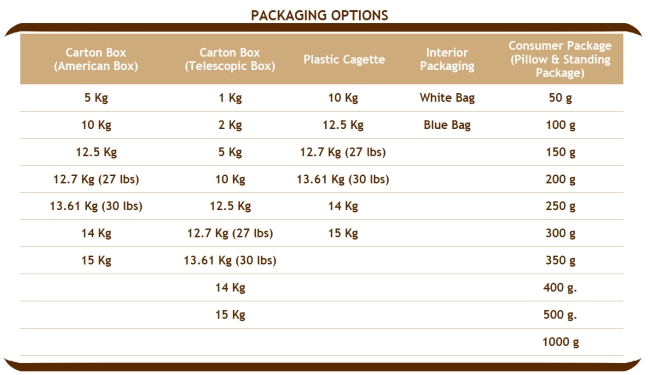Turkish Sultanas
The origin of Turkish Sultanas is a seedless grape variety called Vitis Vinifera. Sultanas, which are grown in the west of Turkey, in Manisa province, across fertile soils of Gediz Basin and on continuously expanding thousands of hectare vineyards, has its own characteristic taste and odor representing itself with the light amber color. More than 80% of sultanas produced in Turkey are exported mainly to European countries.
There are two criteria for classification of sultanas: Color and Size. There are 5 types representing a different color, which are Type 7, Type 8, Type 9, Type 10, and Type 11. Whereas Type 7 represents the darkest color while Type 11 represents the brightest color. The second classification, size, is based on the berry count per 100 G. The 5 classes of size are Jumbo, Standard, Medium, Small, and Small Small.
















